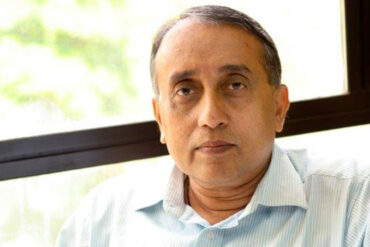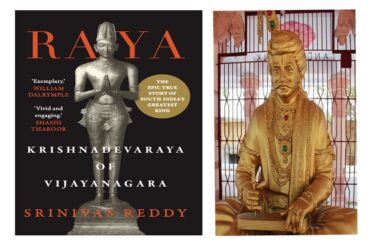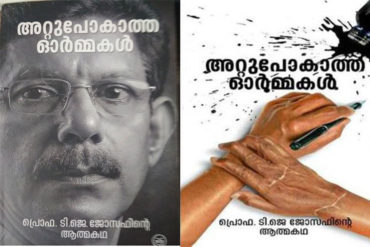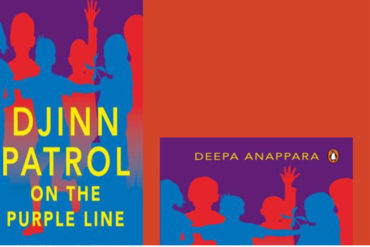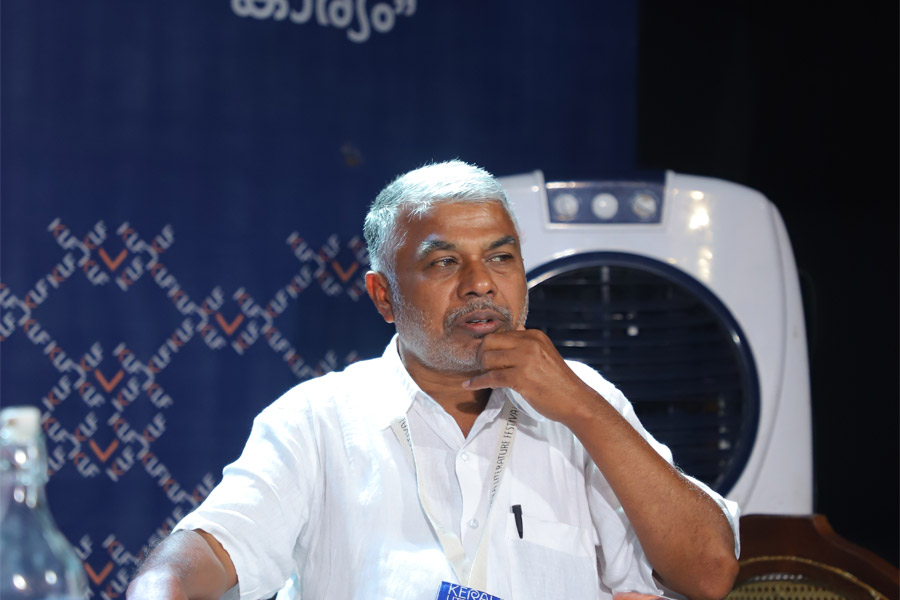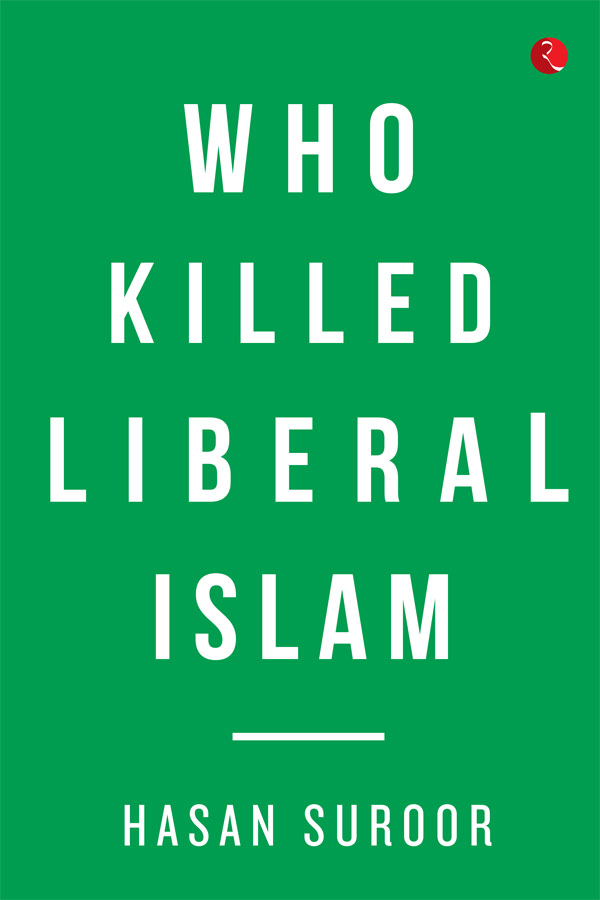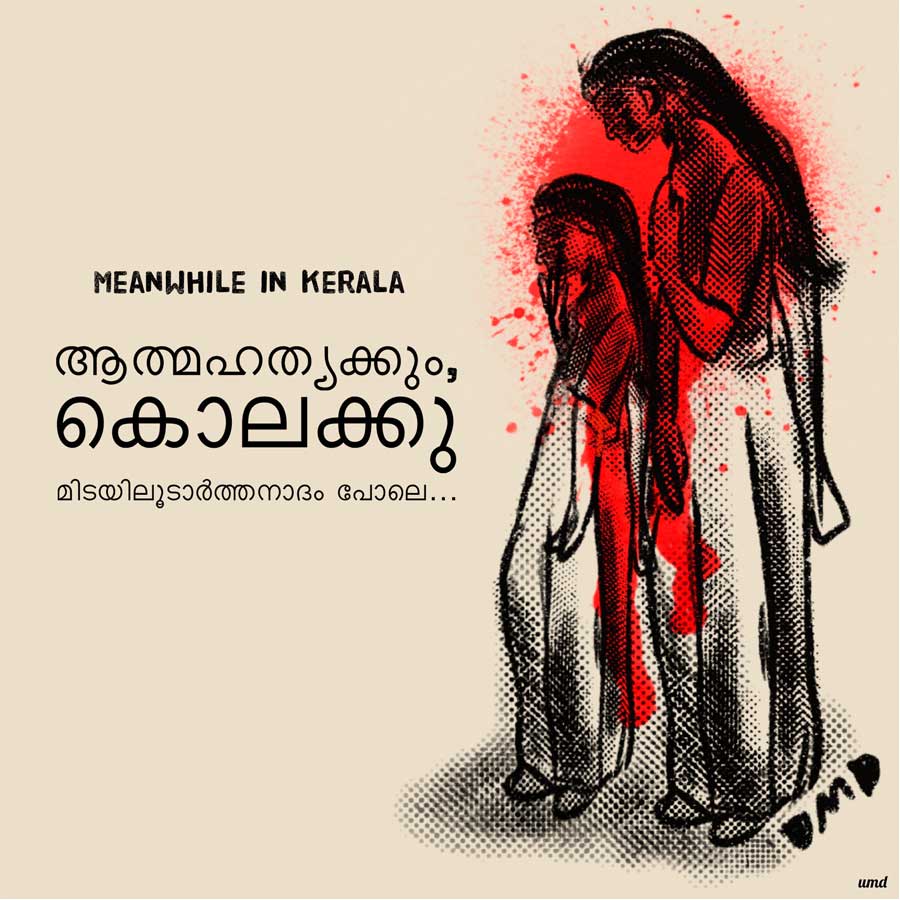Long before ‘alternative facts’ and fake news gained currency, right-wing Hindu nationalists were already peddling an alternative history of Indian Islam, distorting well-documented facts about its origins and presenting it as a malign and illiberal influence on ethnic Indian culture. In that narrative, Muslims came to India as invaders and today’s Indian Muslims are Babur ki Aulad (descendants of Babur) who must collectively pay for his sins. This ‘alternative’ version of history also invokes visions of successive Muslim rulers as cultural vandals with a mission to Islamize Hindu culture.
No sensible debate on Indian Muslims or Islam is possible unless we first clear the fog of fake history that is fast creeping into mainstream scholarship with textbooks being rewritten to formalize it. So, let us first get our history right: how Islam arrived in India and developed—assimilating, as much as influencing, the local cultural landscape as it spread gradually across the country.
The historical fact is that Babur, who founded the Mughal Empire in India and whose name and actions are routinely invoked to damn Indian Muslims, came to India nearly 800 years after Islam had already set down roots here and assumed a distinctively multicultural character by assimilating local cultural practices. The Mughal Empire was established in 1526 with Babur’s accession to the throne, and lasted more than 300 years—ending with the defeat of Bahadur Shah Zafar at the hands of the British in 1857, though its decline had started right after the death of Aurangzeb in 1707. But, to come back to the origins of Indian Islam, the first Muslims came to India as early as the seventh century CE—and they came as traders, not as invaders.
The maiden ship carrying Arab traders landed on the western coast of Malabar and Konkan; and what is thought to be India’s first mosque, was built in Kerala in 629 CE. Called the Cheraman Juma Masjid and located in Thrissur, it was built by Malik Deenar, a Persian ex-slave and a companion of the Prophet, on the orders of Cheraman Perumal, the Chera King of the region who had converted to Islam. Non-Muslims also use it for certain initiation rituals, even now.
The Islam that emerged in India as a result of its interaction with local cultural practices and rituals was more moderate than elsewhere—a product of a syncretic culture popularly referred to as Ganga-Jamni tehzeeb in which Hindus and Muslims participated in each other’s festivals—even adopted practices from each other and made them their own. The Mughals, for instance, celebrated Holi in a big way. Even Babur was said to be ‘so wonderstruck’ by Holi celebrations, according to Urdu historian Zakaullah, that he ‘filled a pool with his favourite coloured liquid—wine.’ (Khalid Alvi, an Urdu academic, The Indian Express, 8 April, 2019) Today, however, many Indian Muslims regard playing Holi as un-Islamic.
Muslim rulers, both during the Delhi Sultanate (1206-1526) and the Mughal era, followed a policy of non-interference in religious practices. They made efforts to avoid offending non-Muslim sensitivities with stress on religious and cultural co-existence. Akbar not only banned cow slaughter but discouraged meat eating generally in a nod to Hindu sensitivities on the issue.
According to Dr Uzma Azhar of Jamia Millia Islamia, Indian securliasm can be traced back to the Akbar era. He believed in pluralism in matters of faith and offered State protection to minorities. Akbar wrote: ‘The multitude should practice Sulh-i kul— mutual and peaceful understanding, with the world and with all humankind… Everyone who comes to the path of reason is fortunate. And everyone who remains miserable in the barren land of tradition is an invalid. Every person who recognizes and worships God in whatever way is welcome, (http://www.openthemagazine.com/article/lost-foundhistories/the-akbari-synthesis-and-india-s-plurality)
Dara Shikoh, whose rivalry with brother Aurangzeb resulted in his death, also had a reputation as a scholar and humanist prince who was interested in understanding the religious philosophy of other faiths. He translated the Upanishads and believed in co-existence with other religions. Often the struggle for the throne is also depicted as the struggle between the liberal values of Dara Shikoh and Aurangzeb’s strict adherence to the Sharia principles. Although it would be very simplistic to see them through the prism of religion, it was one of the factors that dominated the politics of that era.
A key moderating influence on Indian Islam was Sufism. It had a profound impact on the acceptance and popularity of Islam in India. It owes its massive spread to Sufi preachers who travelled the length and breadth of the country to propagate it. They reached out to the poor and marginalized communities in rural areas and preached in local dialects. Their devotional practices and stress on piety and inclusion attracted people from all faiths and strata of society. By the thirteenth century, Sufism had become a formidable nationwide movement, eventually emerging as a major moral and philosophical force influencing all religious traditions including Hinduism. Despite the rise of Wahhabism, which is opposed to any form of mysticism, Sufism became and remains a large part of Indian Islam.
The conservative strain in Indian Islam which had been kept under control by Muslim rulers, really manifested itself after the British came and the community suddenly found itself stripped of its special status. Muslims, who had previously formed the ruling class, saw themselves in danger of losing power and they responded to it by seeking refuge behind their religious identity which then became the focus of their anti-colonial political campaign. They feared that after the British left India, Muslim identity would no longer be safe in a Hindu-majority country. This was the trigger for Islamic revivalism, leading to the emergence of myriad movements from early nineteenth century onwards—the Mujahidins, the Faraizis, Deoband School, the Ahl-e-Hadiths, Aligarh School, Nadwat-ul-ulema, the Tablighi Jamaat and Jamaat-e-Islami, and Muslim modernists.
There was also a subtle shift away from the more liberal practices—from ‘religiousness to religious-mindedness,’ as Deoband came to represent the traditionalists, and Aligarh represented the Modernists.’ (Islam and Muslim History in South Asia, Francis Robinson, 2000)
The Deoband School established in the year 1867 derived its tradition from the Indian Wahhabi movement of Shah Wali Ullah Dehlavi (1703-1762), scholar, theologian and philosopher. It is the most important theological academy of the Muslim world after Cairo’s Al-Azhar. Mohammad Qasim Nanautawi (1833-77) and Rashid Ahmad Gangohi (1829-1905) developed Deoband as an institution. Maulvi Habibur Rahman, leading maulvi of Dar ul Uloom Deoband, was a journalist and a writer who also edited two Urdu monthlies, Al Qasim and Al Rashid.
Barbara Metcalf, in her book, Islamic Revival in British India, traces the Ulema response to colonial rule through the Deoband movement. First school was founded in 1867 and taught a reformed Islam, and owed nothing to the State. It was supported by public subscription, and was established as a modern bureaucratic organization. British historian Francis Robinson elaborates on how Deoband preached Islam. He says it created a form of Islam in which the State was irrelevant and in which any form of contact with Hindu religious practices were avoided. It concentrated on spreading Islamic knowledge as widely as possible.
The second strand was of Muslim Modernism under the leadership of Sir Saiyyid Ahmad Khan (1817-98), the Aligarh movement and the Muslim League (1906.) Poet-philosopher Muhammad Allama Iqbal called Muslims in the name of Islam, exhorting them to be active, and not be idle or ‘static.’ He insisted boldly that a dynamic infidel is more righteous than a passive Muslim. In 1906, Muslim League was formed to seek political rights for Muslims and to protect them against Hindu domination. From the debris of the First World War, the Khilafat agitation (1920-22) and the subsequent bitter disillusionment, the Muslim bourgeoisie emerged emotionally both anti-British and anti-Hindu. Isolated and relatively weak. Khilafat agitation had made the community more conscious of itself. One of the important elements in the new movement was its emphasis on Islam as a civilizing force. Leaders such as Mohammad Ali and Shaukat Ali reflected the changes in the dynamics of the community, as symbolism (clothes, etc.) became more prominent.
In 1930, Iqbal put forth the idea of a Muslim State, which was adopted by the League in the 1940s. Jinnah in his 19 November, 1940 speech, quoted Gandhi in the Legislative Assembly, as referring to the Hindus and Muslims as ‘we’ and ‘you.’ It came against the background of Hindu Reform movements of the nineteenth century which had created a discourse in defence of ‘our threatened religion,’ according to which, Hindu society had to be defended against external weakness caused by conversions to ‘foreign religions,’ and differences and conflicts among Hindus themselves. The emphasis on oppression faced by the Hindus as ‘subjects’ under the oppressive and barbaric Muslim and British rule, created differences between the two communities. Gandhi attempted to forge a compromise between the religious and secular wings of the Independence movement. Jinnah and the Muslim League regarded this as ‘Hinduization of nationalist movement’ and demanded a separate State for Muslims—ultimately leading to the creation of Pakistan in 1947.
Excerpted with permission from Who killed Liberal Islam; published by Rupa

